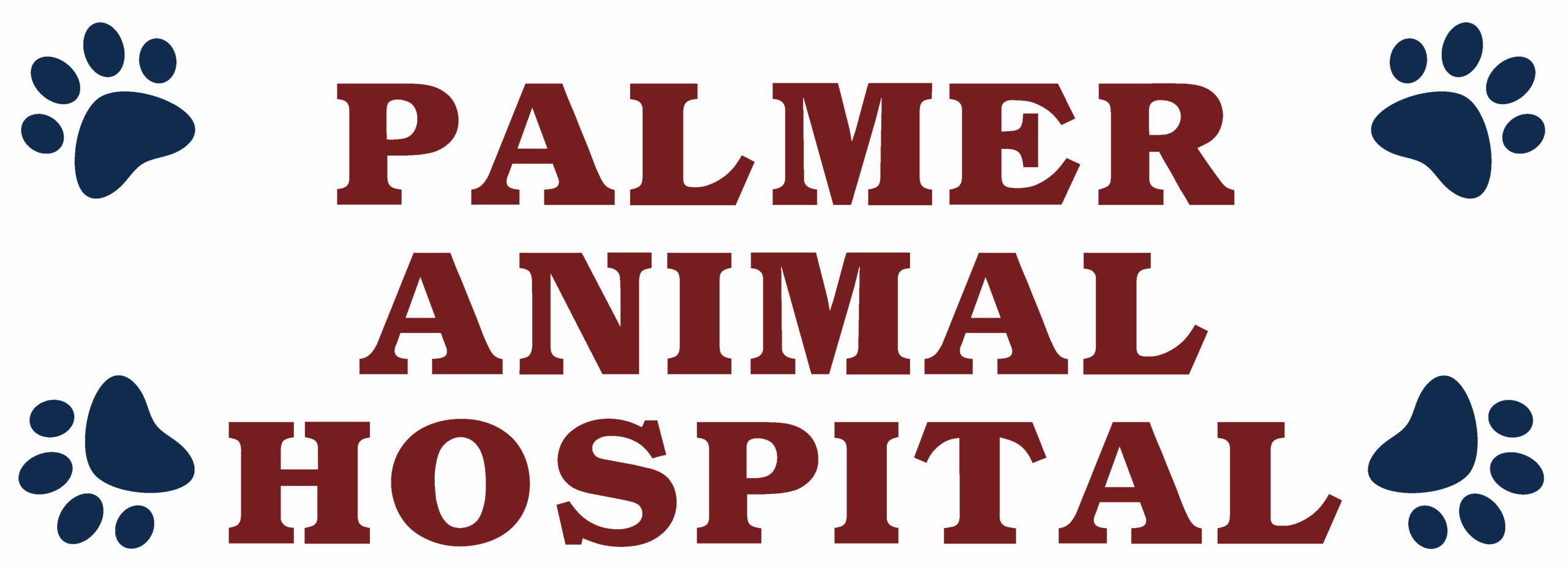‘PET DENTAL HEALTH MONTH’
February is National Pet Dental Health Month! It is estimated that 75% of cats and dogs already have periodontal disease by the age of 4. Dental care is something that is often overlooked by pet owners. Halitosis, or bad breath, is usually the first sign of a problem. The cause of dental disease in pets is similar to that in people. Bacteria in the mouth combine with food debris and saliva to form plaque. Over time, plaque build up results in calculus and tartar. Although plaque is soft and can be removed with a toothbrush, calculus and tartar are hard and need to be scaled off the teeth. Tartar can accumulate under and around the gum line, which results in gingivitis.
Excessive salivation, refusal to eat, dropping food, rubbing or pawing at the face, inflamed gums, and loose or broken teeth are signs of dental disease in pets. Without routine wellness exams, a pet’s dental disease is not detected until it becomes more severe. Try lifting your pet’s lip and gently pull back towards their cheek to examine their teeth. If you see any red, swollen gums or yellowish brown debris accumulating on the teeth then you have enough evidence to warrant an evaluation at the vet. Periodontal disease can also lead to serious problems like bacterial infection of the kidneys, liver, and heart valves.
In order to prevent dental disease in your pets, it is crucial to frequently brush their teeth. Given the proper patience and persistence, many cats and dogs will accept having their teeth brushed. Dental rinses, treats and diets are also available to help prevent dental disease. However, a professional dental cleaning is the best way to keep your pet’s mouth healthy. Contact us if you have any questions on dental health or would like to schedule an appointment to have your pet’s mouth evaluated. Pets need dental care too!




